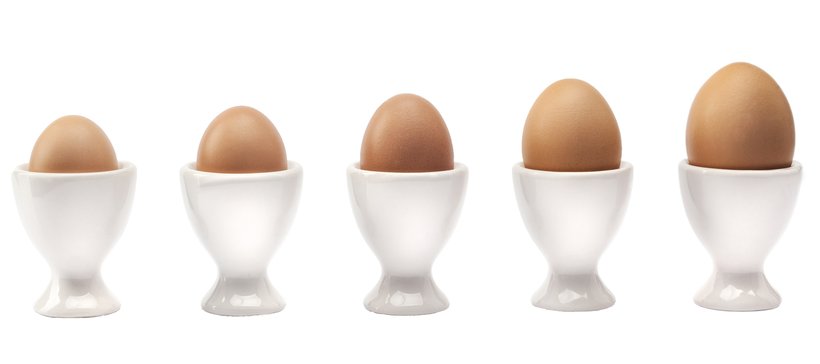
Published on July 16, 2020
Adjusting egg size to market needs via management
Profitability of a layer flock will certainly depend on the ability to produce high number of first quality eggs of the most suitable size for each market. Egg producers usually make their decisions in terms of layer breed based on their production target, considering the genetic potential of each strain to produce eggs within a given egg size range.
However, genetics is explaining only a part of the expressed egg size, as environment has a big impact on overall results: this means that egg producers have different management and nutritional tools to influence egg weight. Key management decisions should be taken in advance, during the rearing period. The rearing period is the most effective period as management decisions during this period will influence average egg size for the total laying cycle most effectively and at lowest cost, while other techniques or nutrition adjustments can be helpful to adjust egg size upwards or downwards in a shorter term.
Current layer breeds offer great versatility and flexibility in terms of management: using the appropriate management techniques in rearing, lighting programs to control sexual maturity, adapting nutrition and keeping the appropriate environmental conditions are the key factors: egg size can be affected up to 4 g. and beyond! These tools can help the egg producer to find a good compromise between obtaining eggs of the desired size while maintaining an optimal production level while keeping a good eggshell quality.
Genetic Aspects
Breeding companies define their breeding goals for each of their products according to customer needs, which may be different: while for many criteria there is no clear regional preference (such as improved liveability or total egg number), for others, such as egg shell colour and egg size, there is a clear market segmentation.
During the last few decades, the genetic improvement for egg production has been significant: total number of eggs has increased not only by earlier sexual maturity and higher peak of production, but mainly thanks to a clear improvement of layer persistency along with eggshell quality.
An essential achievement of our breeding program is a change on the egg weight profile curve: today there is a rapid increase in egg weight at early stages in production, in order to quickly obtain good quality saleable eggs, while the egg weight shape curve “flattens” in the second half of the production cycle, so to avoid too large eggs at later age which would have more fragile eggshell (Fig. 1).
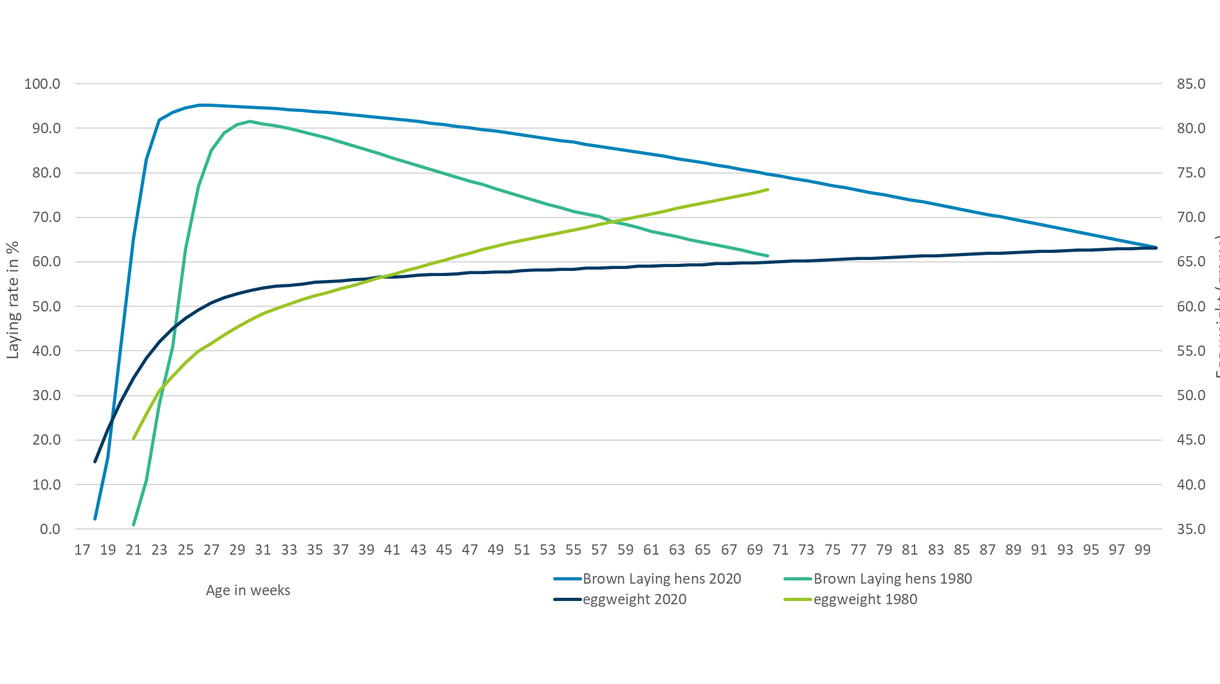
Fig 1. Lay and egg weight curves of brown egg layers 1980 vs. 2020
Rearing management
The chick’s development till 5 weeks of age is key to develop productive birds with a suitable robustness and frame size. This will help the birds to cope more easily with a higher egg size later in her productive life. Management of body weight at sexual maturity is the most efficient factor to control egg size later in lay, upwards or downwards in relation to standard values. The two basic principles are already well known by egg producers: for any specific breed,
- Heavier birds at onset of lay will lay larger eggs than lighter birds
- Earlier maturity leads to smaller eggs and delayed maturity leads to larger eggs
Thus, the key management factors in rearing to adjust depending on desired egg size are:
- Speed of the step-down phase in the lighting program
- Body weight at light stimulation
- Developing feed intake capacity to ensure a proper nutrient intake at onset of lay
The effect of changes in day length on production parameters is well known under natural light conditions, flocks reared on increasing days will advance their sexual maturity, while those reared on decreasing days will be delayed.
When setting a lighting program, production target, mainly egg size, should be considered in order to adapt the speed of the step-down phase, length of light at the “plateau” (constant photoperiod phase) and moment (age and body weight) of light stimulation (Fig. 2).
- If production target is large egg size, a slow reduction in day length (slow step-down program) will help chicks to eat and growth, so a higher body weight can be reached, and will also delay sexual maturity. An increase of the average egg size will be obtained as a combination of both effects.
- If production target is maximizing egg numbers but egg size is not a priority, a quicker reduction in day length (fast step-down program), as long as an adequate growth is ensured, will advance sexual maturity.
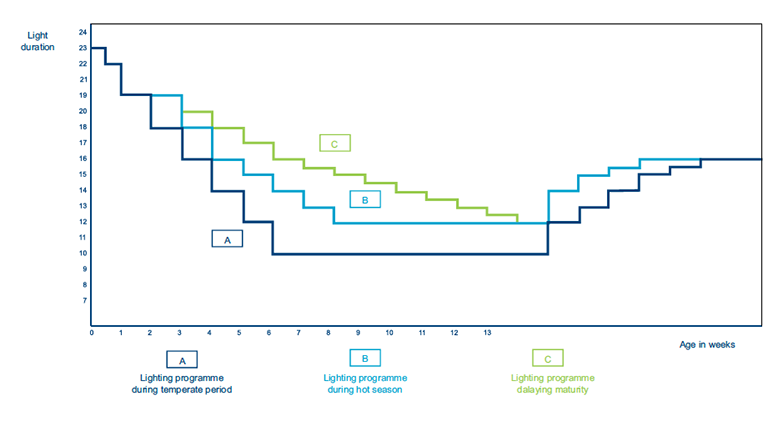
Fig 2. Examples of different lighting programs depending on production target
The moment of light stimulation, as there is an interaction between age and body weight, will also have a significant impact on egg weight: early light stimulation on lighter pullets will lead to smaller egg size while late light stimulation on heavier pullets will lead to larger egg size. In both situations there might be a variation in total number of eggs produced, but little effect on total egg mass. Uniformity is another key parameter to be considered at the moment of light stimulation: particularly, when an early sexual maturity is targeted, uniformity should be optimum to reduce the risk of stimulating too light pullets which would be detrimental to production persistency, liveability of the flock and eggshell quality.
Rearing is also the right period to develop a proper feed intake capacity and a well-developed gastrointestinal tract which will allow the birds to increase at a suitable rate their feed consumption at the period of the onset of lay, essential to reach the required egg weight. Feeding times aiming to get feeders empty once a day from five weeks of age onwards and use of a diluted diet with increased level of insoluble fibre during the developer phase are the key techniques that will help the flock to succeed at the critical period of the onset of lay.
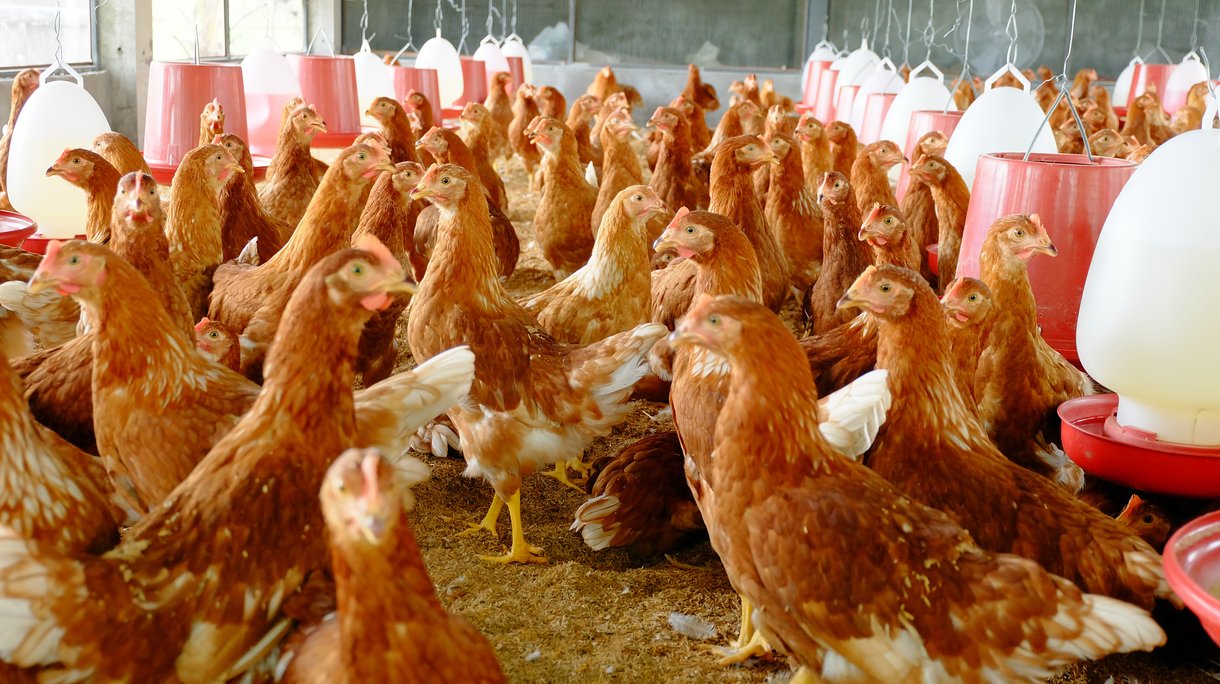
Nutrition
There are several nutritional factors that will clearly influence egg weight, the most important being methionine/cystine and other essential amino acids, total fat and linoleic acid content of the laying diets.
Protein and energy content in the diets should be properly balanced to ensure that daily requirements for the essential amino acids are met for optimum production performances.
Amino acid intake has a linear effect in total egg mass within a certain range, some of them playing a more important role in egg size, like methionine/cystine and lysine while others have lower effect in egg weight, like tryptophan and threonine, but all them are essential to ensure adequate production. This means that formulating for a higher digestible amino acid intake will increase egg size but exceeding a certain level brings no further positive effect. In an opposed scenario, when target is smaller egg size, reduction in amino acid levels is theoretically possible but there is a risk of amino acid deficiency which would affect negatively daily egg production and feed conversion ratio. Decreasing the amino acid levels at the end of laying period to control egg size, if ever practiced, should be done gradually and properly monitoring laying rate.
Egg weight is also affected by total fat content: revision of available research shows there is a linear effect on egg size from 2 % to 6 % inclusion level. Using high level of crude fat at the start of lay is recommended when large egg size is desired. This positive effect is partly due to the improved palatability and higher energy levels of the feed leading to an increased daily energy, and partly to the fatty acid profile of the added fat. It will also help to stimulate growth towards the adult body weight at onset of lay, although feed intake at start of lay is still limited, which has a positive effect on egg size and total laying performance.
Linoleic acid has a positive effect on egg size, but only within a certain range. Daily requirements of layers are not high, around 1 %, but higher levels up to 2,9 % can be used to obtain larger eggs. Diverse raw materials used as source of fat will have different effect depending on their fatty acid profile: vegetable sources like linseed oil and soybean oil which are rich in unsaturated fatty acids (high linoleic acid content) are ingredients of choice for larger egg size.
Management in lay
The period between 18 and 30 weeks of age is crucial for a layer flock: during those weeks, nutrient intake should increase rapidly in order to meet the high requirements of the birds, not only for maintenance, but also for growth and egg production. As already mentioned, heavier birds will lay larger eggs throughout all their production cycle (Fig.3)
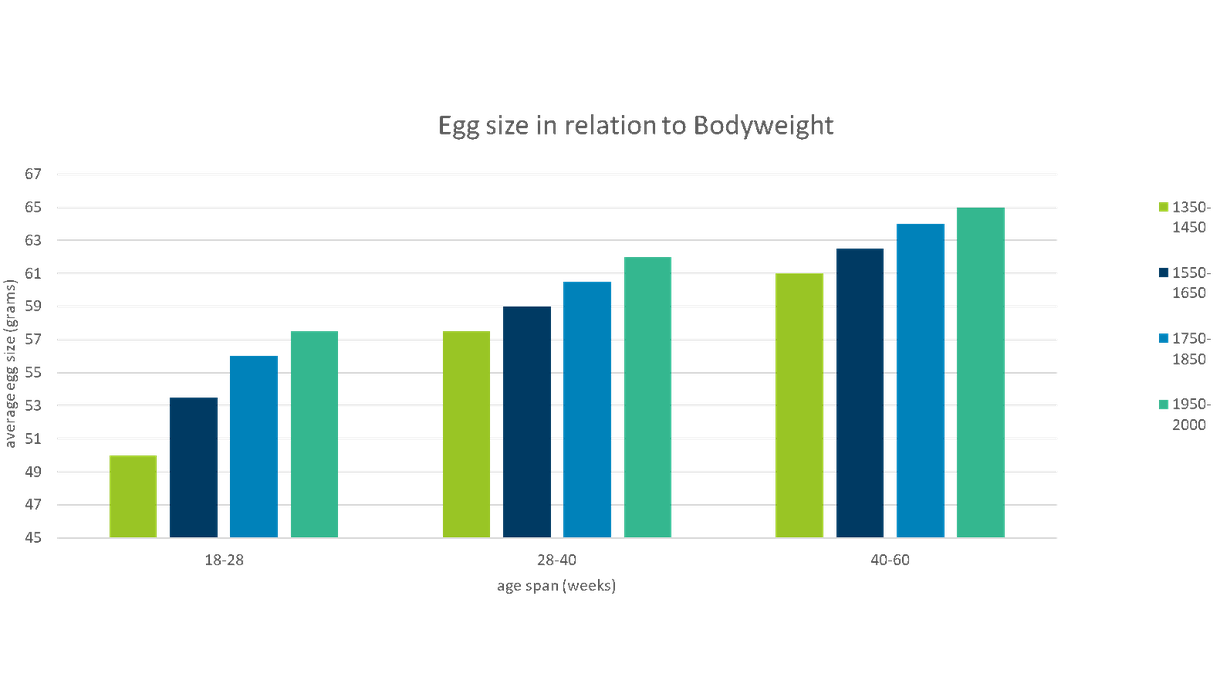
Fig 3. Effect of actual bodyweight on egg size
The production period till 30 weeks of age is also the optimal period to influence egg weight by nutrition, as the average weekly egg size is increasing at a high rate and therefor the response will be much better. After 30 weeks of age, trying to correct egg size will be more difficult and results less successful.
Layers are grain eaters and prefer large particles instead of fine ones. A coarse mash feed of the adequate particle size (80 % between 0,5 mm and 3,2 mm of diameter) and keeping an empty feeder period once per day to make hens eat even the small particles, are the key points for ensuring the necessary nutrient intake for reaching a suitable egg size.
There is a significant influence between ambient temperature and egg size, therefore environmental control is also a tool in egg size management. The ideal temperature range for adult layers is 18º C – 24º C. Layers show a relative tolerance to high temperature, mainly when increase is not too sudden and they have time to adapt to it, but significant reduction in egg size is observed from 27 % onwards even if laying rate can be not affected.
Take home message
The management techniques provided in this paper can help you to adjust your flocks’ egg size better to your market needs. Do not underestimate the importance of the rearing period as you are not only investing in developing a healthy and productive bird, management techniques in this crucial period of the birds development have proven themselves to influence the egg size profile later in life the most.



